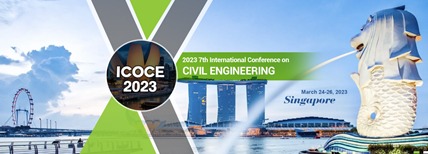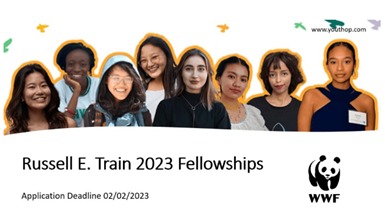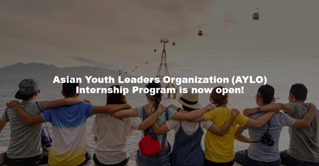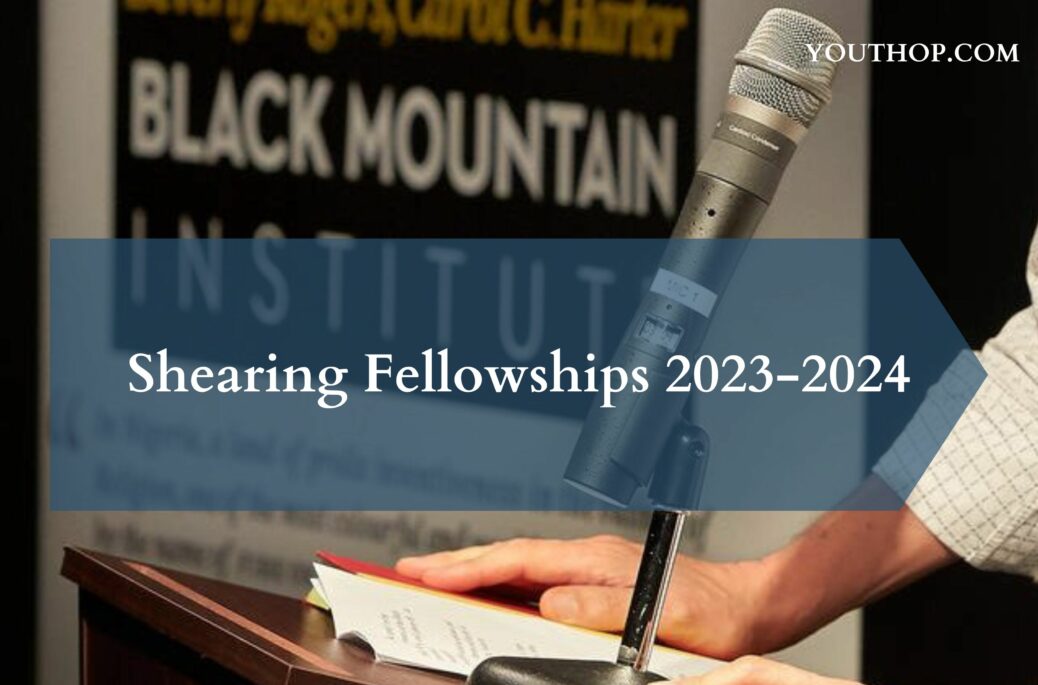Impact Measurement and Accountability in Emergencies: The good enough guide
Impact Measurement and Accountability in Emergencies: The Good Enough Guide was produced as part of the Emergency Capacity Building Project. The Project was set up to address gaps in international emergency response. Its goal is to improve the speed, quality, and effectiveness with which the humanitarian community saves lives, improves the welfare, and protects the rights of women, men, and children affected by emergency.
Health Impact Assessment Guideline for Water Resources Development Project In Thailand
Health Impact Assessment Guideline for Water Resources Development Project in Thailand is conducted to facilitating and enhancing the incorporation processes of health impact assessment into the report of environmental impact analyses to suit the set of government policy that the health impact assessment is an integral along with the analysis of environmental assessment processes. Notification under this circumstance can be seen from declaration of The Ministry of Natural Resources and Environment about the categories and size of projects or activities that the report of analysis of environmental impact must be submitted. The principle, methodology, regulations and guidelines for reporting the environmental impact analyses were announced in the Royal Thai Government Gazette dated 31st August 2552 (BE). The announcement set comprised 34 projects or activities that the health impact assessment must be incorporated in the report of environmental impact analyses. At the same time, the Constitution of The Kingdom of Thailand 2550, Article 67 (2) has setup the condition for the projects or activities that are found potentially sound to cause severe adverse affect on community, environmental quality, natural resources and health: Shall not be made unless the impact of environmental quality and health of the inhabitants in the community are studied and assessed, and the process of hearing from the people or local residents and the stakeholders must be setup, priory. Including given authorities to Non Governmental Organization (NGO) in which consists of the representative from private organization in environmental and health, and the representative from higher educational institute(s) where they perform environmental study or natural resources or health aspect to share their opinion prior proceeding the process of project. Water Resources Development IV Health Impact Assessment Guideline for Water Resources Development Project In Thailand Project is the one of among 34 different project types that must perform health impact assessment to include in the environmental impact analyses of these include large scale water resource development that might be its project or activities that can lead to the severe adverse affect on health in the community.
Turn Down the Heat : Climate Extremes, Regional Impacts, and the Case for Resilience
This report focuses on the risks of climate change to development in Sub-Saharan Africa, South East Asia and South Asia. Building on the 2012 report, Turn Down the Heat: Why a 4°C Warmer World Must be Avoided, this new scientific analysis examines the likely impacts of present day, 2°C and 4°C warming on agricultural production, water resources, and coastal vulnerability. It finds many significant climate and development impacts are already being felt in some regions, and that as warming increases from present day (0.8°C) to 2°C and 4°C, multiple threats of increasing extreme heat waves, sea-level rise, more severe storms, droughts and floods are expected to have further severe negative implications for the poorest and most vulnerable.
Waste Crime – Waste Risks Gaps In Meeting the Global Waste Challenge
More than ever, our future depends upon how we manage the future of our waste. As an integrated part of sustainable development, effective waste management can reduce our global footprint. Ignoring or neglecting the challenges of waste, however, can lead to significant health, environmental and economic consequences.
A staggering 1.3 billion tonnes of food is produced each year to feed the world’s 7 billion people. Yet, according to the Food and Agriculture Organization (FAO), around US$1 trillion of that food goes to waste. With 200,000 new people added every day, the world can ill afford to waste such a massive amount of food.
Global waste, however, does not stop at food. Consumers are increasingly buying products that are wrapped in plastics and paper. Much of this packaging – and eventually the products themselves – will end up in landfills. This trend has both health and environmental consequences, especially given the rapid rise of hazardous waste such as electronics.
Innovative solutions to combat “e-waste” are emerging. Recovering valuable metals and other resources locked inside electronic products, for example, can reduce e-waste. Not only can recycling reduce pressure on the environment, it can also create jobs and generate income. Indeed, the global waste market sector – from collection to recycling – is estimated to be US$410 billion a year, excluding a very large informal sector.
As with any large economic sector, however, there are opportunities for illegal activities at various stages of the waste chain. In the rush for profits, operators may ignore waste regulations and expose people to toxic chemicals. On a larger scale, organized crime may engage in tax fraud and money laundering.
About 41.8 million metric tonnes of e-waste was generated in 2014 and partly handled informally, including illegally. This could amount to as much as USD 18.8 billion annually. Without sustainable management, monitoring and good governance of e-waste, illegal activities may only increase, undermining attempts to protect health and the environment, as well as to generate legitimate employment.
The evolution of crime, even transnational organized crime, in the waste sector is a significant threat. Whether the crime is associated with direct dumping or unsafe waste management, it is creating multi-faceted consequences that must be addressed.
The Basel, Rotterdam and Stockholm Conventions are at the forefront of global action to track and manage the transboundaryflows of hazardous waste. More recent efforts such as the Solving the E-waste Problem (StEP) initiative, led by the United Nations University, are generating additional momentum. We hope that this pioneering report contributes to the debate, and leads to concrete and meaningful action.


















